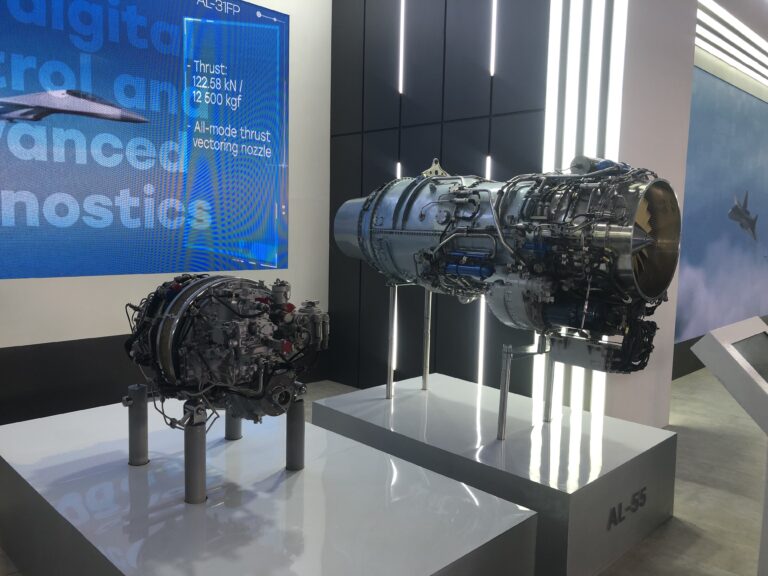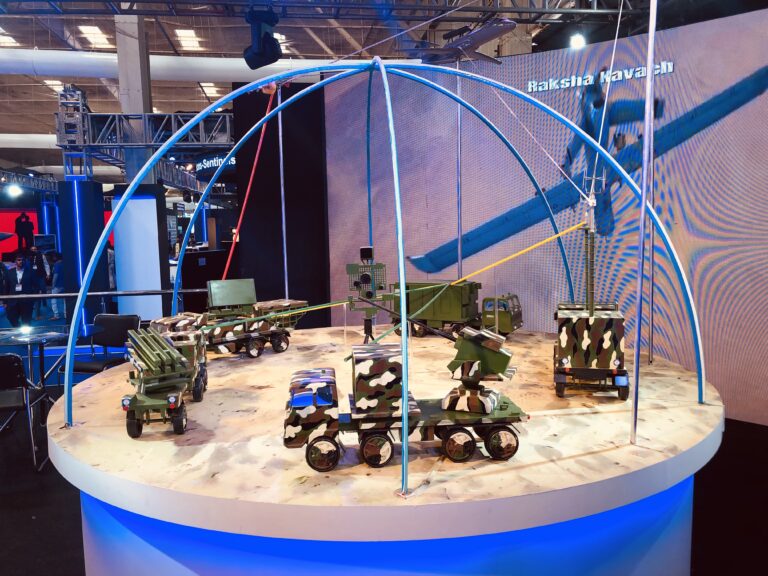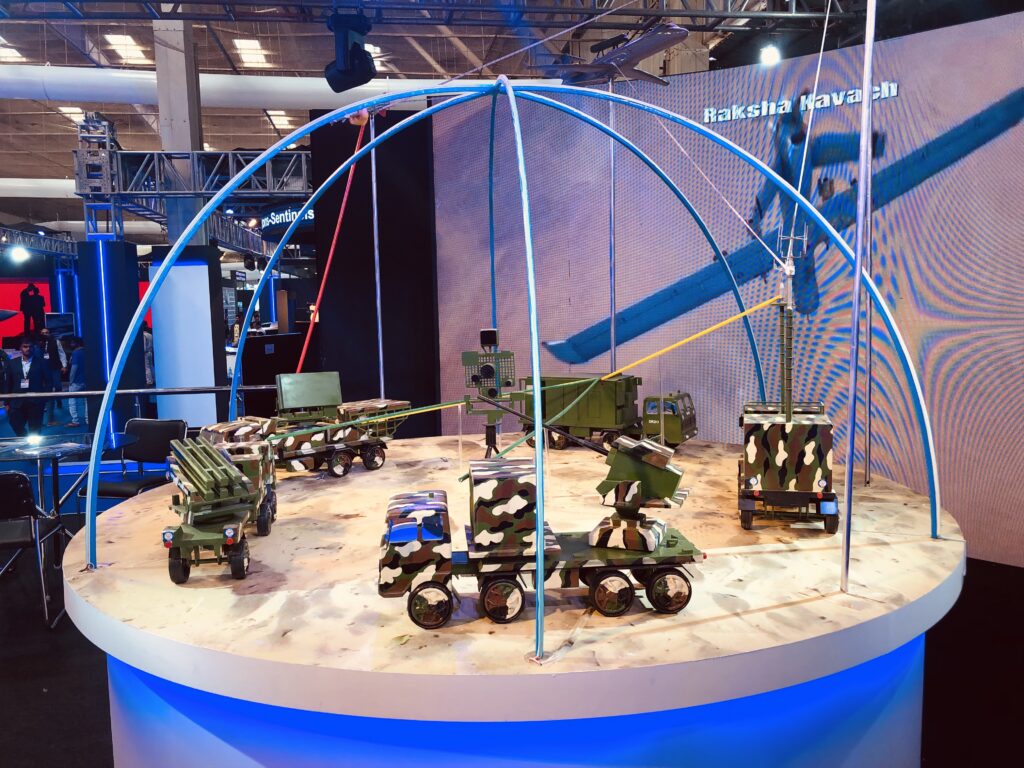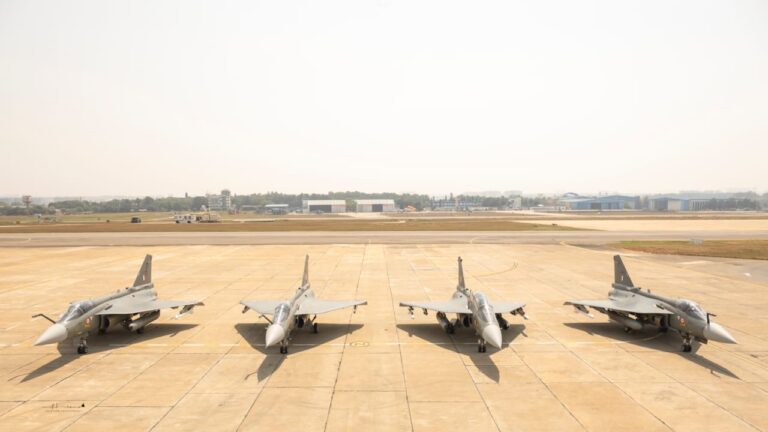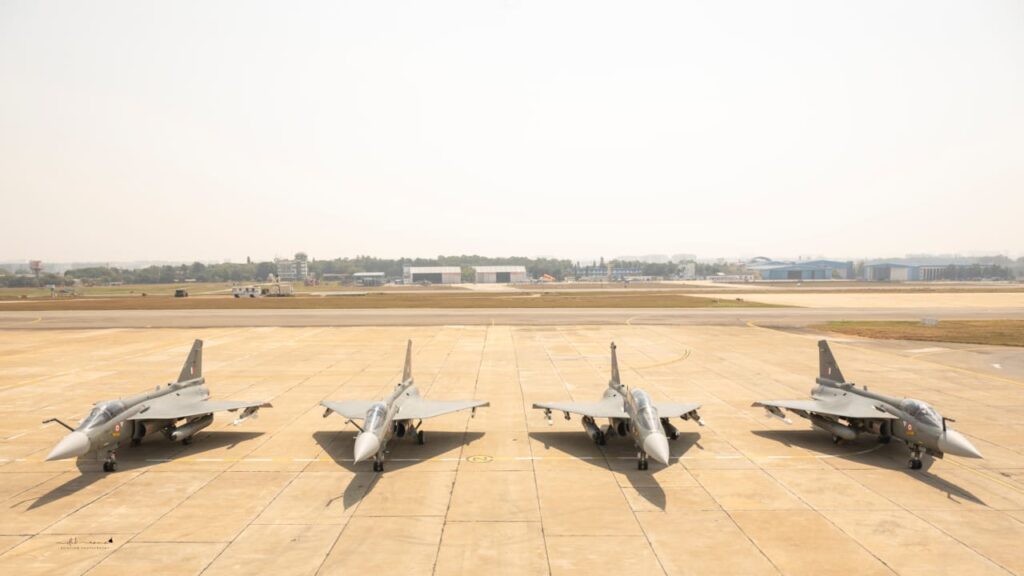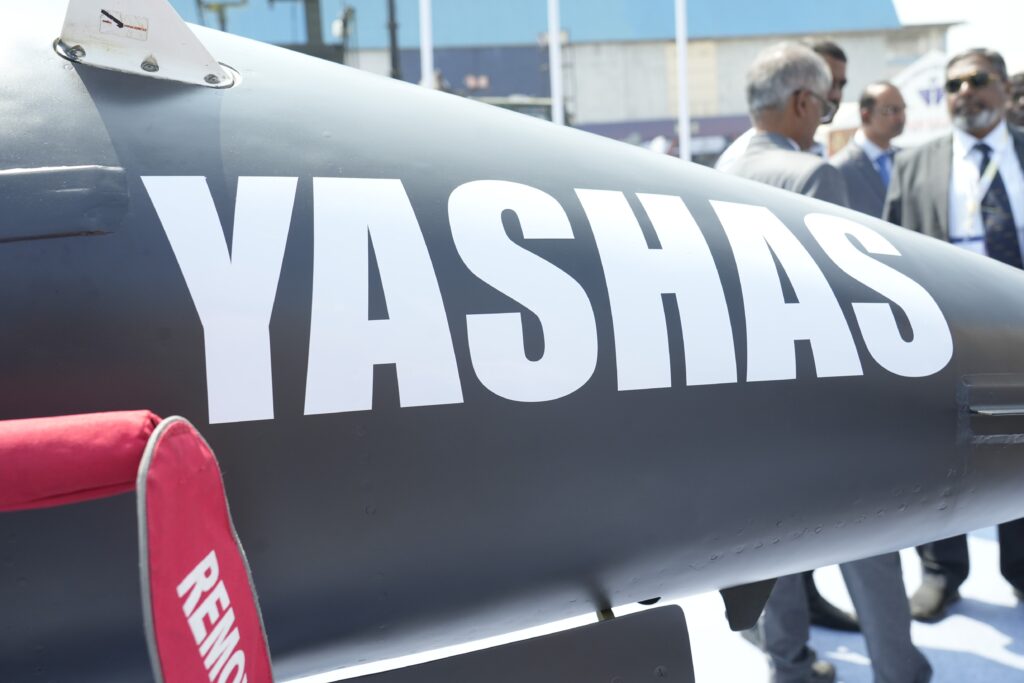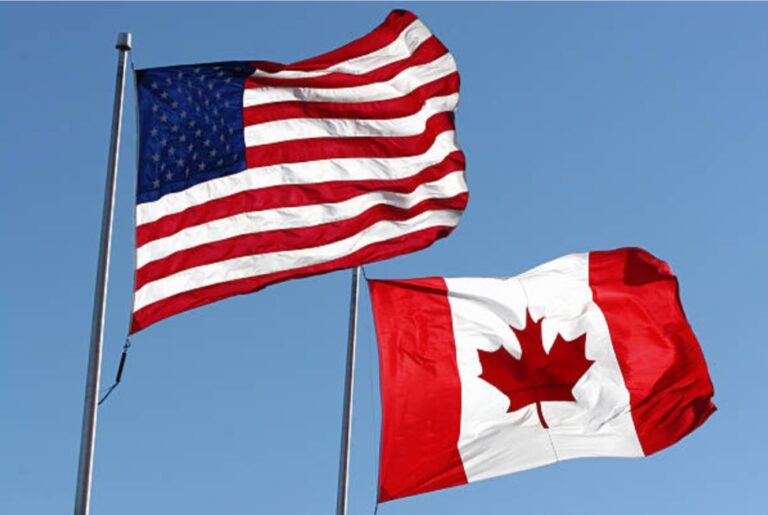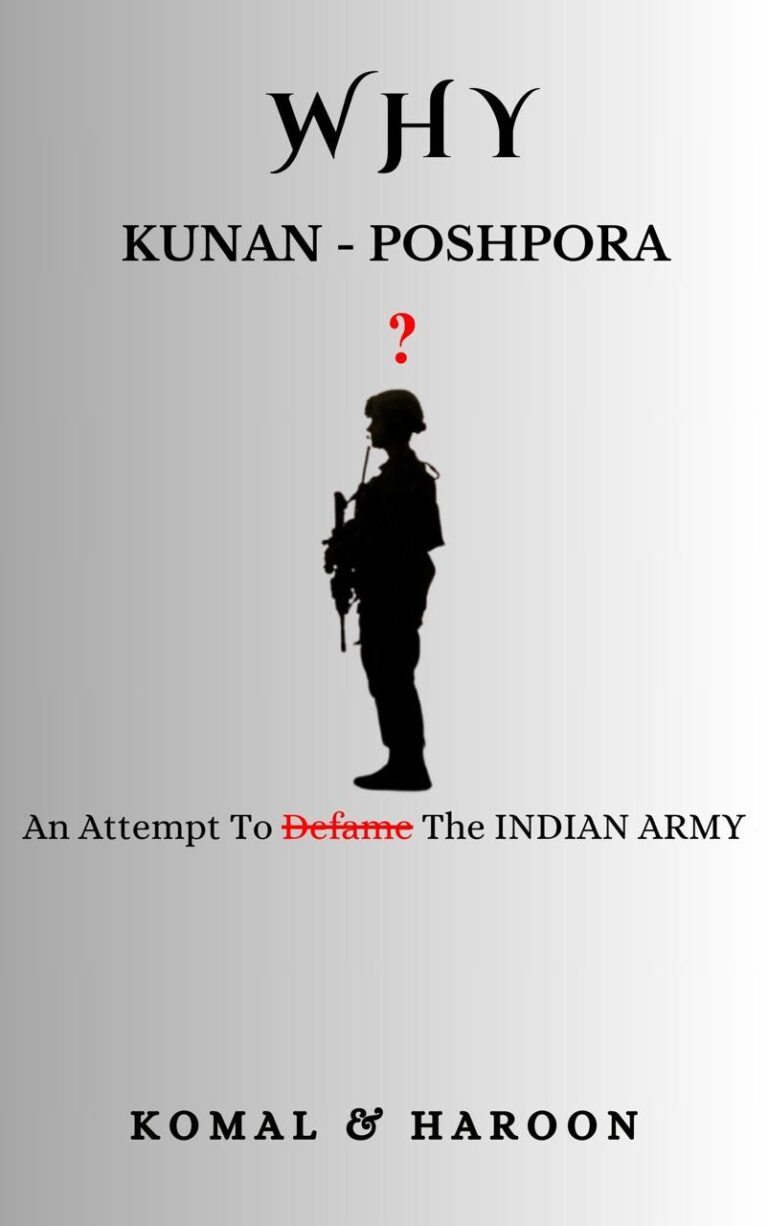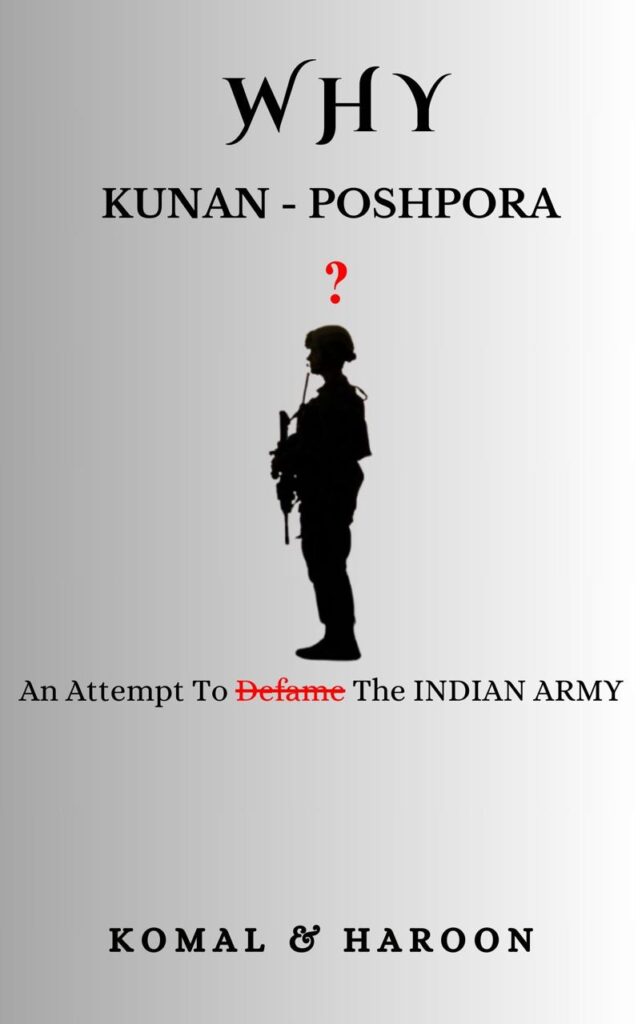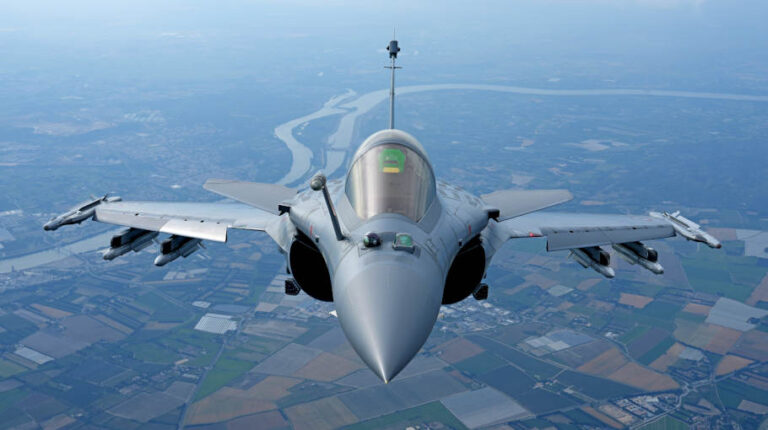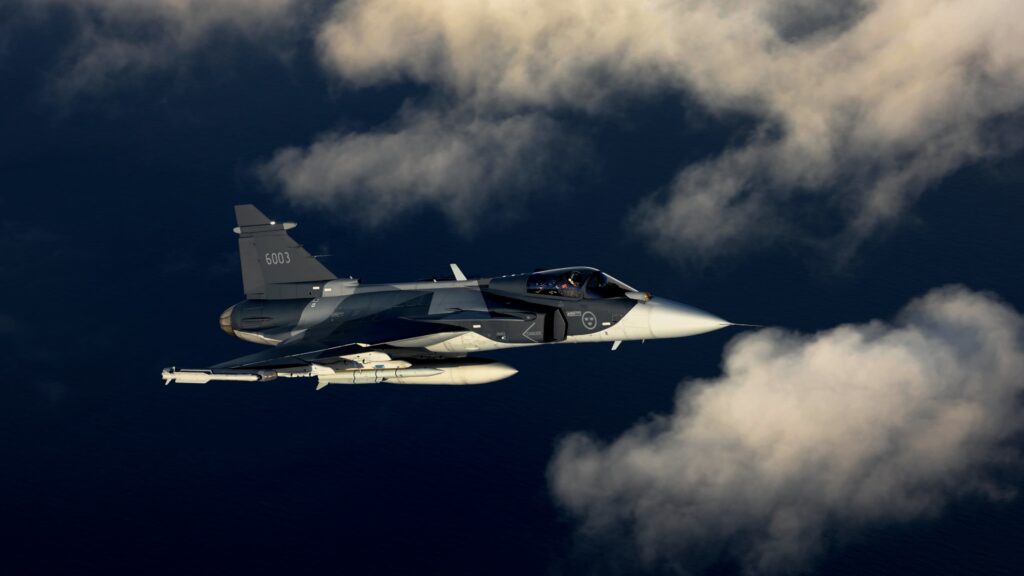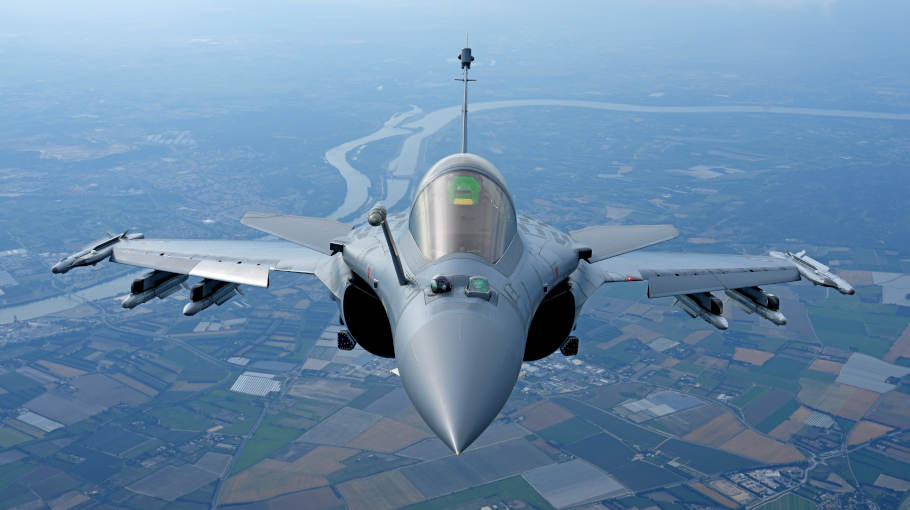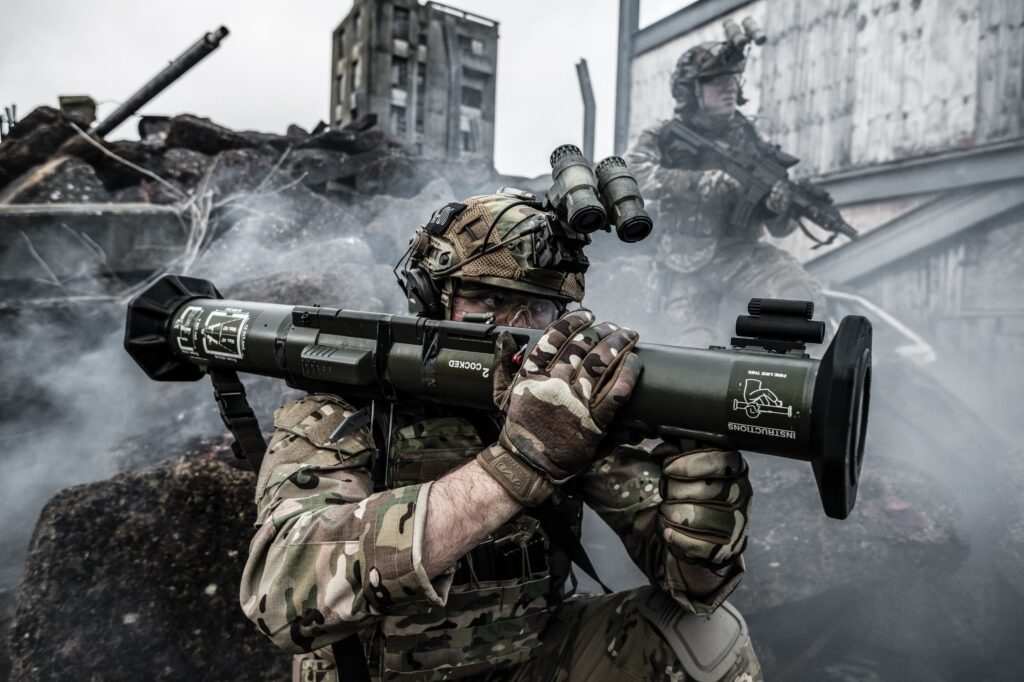By: Rishya Dharmani, Research Analyst, GSDN
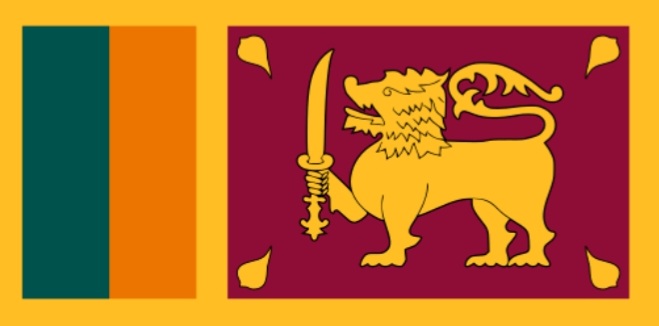
Sri Lanka’s politico-economic trajectory has been unique and also a basket case of governance failure and (near) state collapse. In its history, it has been forced to seek IMF assistance 16 times since 1965- marking a chequered history of civil war, political assassinations, terrorism, economic challenges and constitutional crisis. The latest downturn came with COVID-19 headwinds. Factitious social relations between ethnically dominant Sinhalas and Tamil Hindus, Muslims and Christians, along with regional divide, are all well-known constituents of this postcolonial littoral Asian state. The deadly mix of social disunity, economic mishandling and political cronyism produced the latest upheaval. However, within this tale of multiple governance mistakes, there is also a jubilant reassertion of people’s aspirations and tenacity of Sri Lankan identity after the watershed 2024 elections.
The recent presidential and parliamentary elections delivered a clear break from the past by ushering in the National People’s Power (NPP) government in parliament. For the first time in Sri Lankan history, second-round ballots were counted in Presidential elections – installing the underdog Anura Kumara Dissanayake (AKD). The 2022 sovereign default of over US$ 50 billion was a landmark moment in Sri Lankan political and economic history, culminating in widespread structural economic woes like hyperinflation, non-availability of essentials, rapidly diminishing foreign reserves and mounting government deficits. There had been ample warning signs. Sri Lankan debt to GDP ratio rose to 115.5% in 2022 on the eve of economic collapse. Curiously, the steadily increasing Foreign Direct Investment from 2020-22, matched by a healthy inflation rate of 4.6% in 2020, rapidly metamorphosed into an economic calamity, charting a rise to 69% in 2022.
Significant trends in the elections
While the ‘Aragalaya’ movement and Gota Go Gama street protests forced President Gotabaya and Mahinda Rajapaksa out of power, India took steps to mitigate the humanitarian suffering by offering US$ 4 billion in aid, currency swaps, loan deferrals, and supply of essentials. China initially hesitated to take interest cuts on Sri Lankan loans only agreed to restructure debts after the Official Creditors Committee (of which India is a part) restructured Sri Lankan debts. While the US$ 2.9 billion loan from the IMF stabilised the economic shock, its political spillover was all but certain. Career politicians and elite parties were voted out, with the anti-systemic, pro-poor coalition NPP sweeping both presidential and parliamentary votes. India was quick to gauge the turning wheels (unlike Bangladesh) and had invited AKD months before the elections for a tete-e-tete.
As Rajapaksas fled after the economic meltdown, Ranil Wickremesinghe and his team of senior economists negotiated with the IMF and steered the path in a highly volatile situation. He had the tough task of reining in inflation and pacifying the rising public anger at the generations of political and economic incompetence. The belle of the ball – the Janatha Vimukthi Peramuna (JVP) party of AKD has its roots in the militant leftist movement of the 1970s with a history of opposing regional autonomy for Tamils. It and 21 other political parties inaugurated the NPP coalition in 2019. AKD won only 3.16% of the votes in the presidential elections that year, while JVP bagged only three parliamentary seats. With catapulting socio-economic conditions, its fortunes, too, have somersaulted. As it cut back on Marxist-Leninist rhetoric and rebranded itself as a pro-people progressive force in Sri Lankan politics, NPP has taken the road to political power by fielding professionals, artists, and activists against entrenched dynasts (Prime Minister Harini Amarasuriya has been a university professor).
The Tamil common candidate failed to garner a majority vote in the region. Despite JVP’s opposition to devolution under the 13th amendment, AKD managed to secure second highest votes in some districts in the East, with Sajith Premdasa (opposition leader) bagging higher overall support. Further, election campaigning this season was devoid of ethnic and religious polarisation, a pleasant evolution from the low of the 2019 Easter attacks. NPP has consolidated a broad support base of governance-centrism while eschewing sectarian and communal angles. Plummeted vote shares of Namal Rajapaksa, SLPP candidate and Ranil Wickremesinghe (seen complicit in corruption and misgovernance) reflect people’s frustrations with traditional political scions.
The consultative practices followed by NPP in discussions with the electorate, IMF, and foreign countries and proposing a pragmatic 128-page manifesto area marks a fresh start from the oligopolistic and closed-door dealings of Rajapaksas. With several failing regimes in South Asia (Afghanistan, Pakistan, Myanmar) – Sri Lanka could have been added to this list. Still, it is to the credibility of a responsive domestic political system that acknowledged people’s anger and effectuated a change of guard. Post-election, AKD has already measured down on some of his demands to temper down harsh austerity measures of the IMF. But now he has to navigate promised tax cuts, increased welfare spending, and economic recovery. However, a stable and inclusive political environment is currently a ray of light for the island nation.
Messages for stakeholders
23.7% of Sri Lankan import comes from China (the largest partner), with India a close second with a 22.1% share. Significant foreign aid is tied to structural reforms for opening up and liberalising key sectors and may face resistance from traditional constituents. For example, Sri Lankan fishermen face stiff competition from mechanised Indian trawlers. Investors would do well to involve local communities in sustainable endeavours. NPP has promised to review controversial foreign projects but must also evaluate their revenue-generating potential. In view of the controversy, Adani Group quit its proposed Mannar and Pooneryn wind energy projects where the tariff, according to AKD, had been excessively priced at 8.26 cents or US$ 0.0826. A resilient economy with diversification beyond tourism and export of primary commodities (which, along with remittances, had dwindled in the COVID-19 pandemic, leading to the economy’s free fall) is the need of the hour. High tax rates and labour market issues led to the collapse of the MSME sector – its revival is critical to Lankan recovery. According to the World Bank, labour force participation continues to fall from 49.9% in the first quarter of 2023 to 47.1 % in the first quarter of 2024.
Foreign intervention was a major electoral issue, with AKD promising a balancing act between India and China. While India is funding capex like energy, connectivity, and housing projects, China is pursuing a ‘slow swallowing strategy’ with predatory foreign aid (Hambantota project and cucumber farms in Jaffna). High-interest commercial loans continue to expose Sri Lanka to external vulnerabilities and pose significant long-term credit risk. IMF’s $3 billion bailout hinges on the pruning of unsustainable debt-to-GDP ratio and policy predictability (avoiding ad hoc arbitrary straightjacket measures like introducing organic farming in one fell swoop). NPP has a golden chance to correct the social strife and disenfranchisement bred by majoritarianism and economic mismanagement and reclaim Sri Lankan autonomy in foreign dealings.
Lingering aftershocks remain, with 23.7% of households being food insecure and 26% consuming an insufficiently nutritious diet in 2023. The main pain point of net zero foreign currency reserves has been tentatively resolved with a 7.3 % appreciation of Sri Lankan Rupee between January and August 2024 and an official reserve of US$ 6.1 billion by the 2024 end. The reform measures for macroeconomic stability entailing prudential pruning methods such as tweaks in monetary policy, internal debt restructuring, market-sensitive utility pricing, and rational revenue measures have ushered in some semblance of stability and hope. Still, the sustainability and deep-rootedness of revival are questionable as much of these buds of recovery are due to inflows from partner states, increased tourism receipts and remittances. Tell-tale signs like as contraction of real wages by 16.9 and 22% between 2021 and 2024,
FDI has increased post-elections, with Japan, China, and India announcing new projects and resumption of suspended ones. After stabilisation, foreign tourist arrivals have increased by 38% from 2023, along with a rebound in remittances. However, many of its skilled professionals have been leaving the homeland – with 3,00,000 individuals migrating in 2024 alone. This brain drain can be converted from a short-term challenge to a long-term ‘brain circulation’ of rebranding the island economy as a service exporter and smoothing out the long-term economic prospects for prospective returnees. Sri Lanka has tasted ice and fire from rapacious foreign investment proposals (leasing Hambantota Port to China for 99 years) and heavy dependence on commodity exports. The contradiction in ‘comfortable’ per capita incomes (US$ 3342 in 2022 – at the height of slowdown compared to roughly US$ 2352 in India) despite being a low-income country was brought forth in this recent economic crisis. Repeated bouts of political and social turbidity further compound the structural weaknesses of the Sri Lankan economy. Coupled with the disastrous 2019-22 “homegrown solutions” or domestic economic experiments. Learning its lessons, a Financial Stability Fund was operationalised, with a Public Debt Management Office (PDMO) to be unveiled by 2025 end.
Cue for a resurgent Sri Lanka
Green shoots have been recorded, such as a low unemployment rate of 4.7% (2023) coupled with a current account surplus, increasing growth, rising remittances from abroad, and disinflation after 6 successive quarters of negative growth in 2023. The new Sri Lankan government is prioritising inclusive growth by putting women at the centre stage for economic growth (they constitute 56% of the Sri Lankan electorate). Still, it has far to go with only two women cabinet ministers in a 21-member strong cabinet. According to the Sri Lankan Central Bank’s ‘Policy Agenda for 2025’ and beyond, the tentative recovery is premised on an accommodative stance and low inflation stimulating economic activity. By bypassing crowding out of investment, the private sector could secure a much larger share of funds in 2024. To strengthen the banking sector’s resilience, Bank Recapitalisation Strategy for nine public sector banks was prepared. The dominance of state-owned enterprises (SOEs) or public sector units (PSUs) is a distinctive feature of the Sri Lankan economy (much like its dominant position in India a few years ago). The government is reportedly considering restructuring, not disinvestment, to turn around the fortunes of these SOEs.
Presiding over a turnaround, the prospects of a democratic deepening and long-term economic reforms seem vivid. This has come as a relief coming after the colossal blunders in Rajapaksa’s reign. The continual decline of tax revenue from 1991 (compounded by a 30% cut in tax demand in the 2022 budget), substantial debt liability from Chinese and private investors’ loans and the final blow of COVID-19 sealed Sri Lanka’s fate. The government then not only failed in handling the pandemic and allaying the foreign investors’ concerns in its debt repayment capacity. The rate of interests of these loans then began to rise – much beyond the government’s capacity to refinance. Even then, the Rajapaksa government decided not to approach the debtors for restructuring constructively and took an overnight ad hoc decision of banning chemical fertiliser imports ostensibly to promote organic cultivation and reduce import bill.
It can reduce dependence on foreign aid by better capitalising on its strengths – marketing itself as a multicultural tourist experience and supporting micro businesses by wellness and hospitality agents. Further, the robust migration networks and garment-tea export can be tweaked to align with global supply chains. Inclusivity and participatory growth can do wonders for this island economy. A recent Sri Lankan parliamentary debate focused on women’s unpaid role in the care economy – a positive development to re-envision the economic contributions of vulnerable sections. A similar focus on other marginalised groups like Tamils and their concerns about labour (tea industry), fishing, and land rights would also be a welcome step. The government has already promised to return Tamilian lands occupied by the government during the deadly civil war. Keeping in pace with changing times, the AKD government ushered in the digital revolution by launching the ‘GovPay’ government digital payment platform and the ‘eBMD’ system for birth, marriage, and death certificates through embassies.
The 2025 budget presented by President Dissanayake has expressed hope for a 5% growth and rising exports of goods and services worth US$ 19 billion (2025). He reported the comfortable forex reserves of December 2024 to be US$ 6.1 billion. The Sri Lankan Rupee is also trailing with a decent exchange rate – LKR 300 worth US$ 1 or INR 88.17. However, he also recognised the high cost of living and the fall in real wages. The sharp increase in poverty has been noted since the 2022 crisis, reaching 25.9% in 2023. AKD has prepared a social welfare (Aswesuma) focused spending plan focused especially on health and education without compromising IMF confidentiality of capping welfarist spending at 0.6% of GDP. This made some point that half of government expenditure has been allocated only for debt payments.
It is clear from the recent toppling of ‘democratic’ South Asian regimes that people’s trust and sound financial management go hand in hand. Sheikh Hasina’s Bangladesh was touted as a poster boy of low-income economic growth while Sri Lanka was seen as a ‘basic needs’ success story – but this strength turned out to be paper tigers. By embodying significant diversity, regional differences and cycles of economic boom and bust, Sri Lanka has narrowly escaped falling into innumerable dreadful possibilities after the Rajapaksa’s mishandling, like a military coup and civil unrest culminating in state failure. Reforms like abolishing the executive presidency, abating institutional corruption, devolution of power through implementation of the 13th amendment, able monetary and fiscal policies, and ditching the focus on ‘bigger and better’ infrastructure projects (often financed with debilitating debt-creating foreign investments) can be the goals for Si Lankan resurgence.

